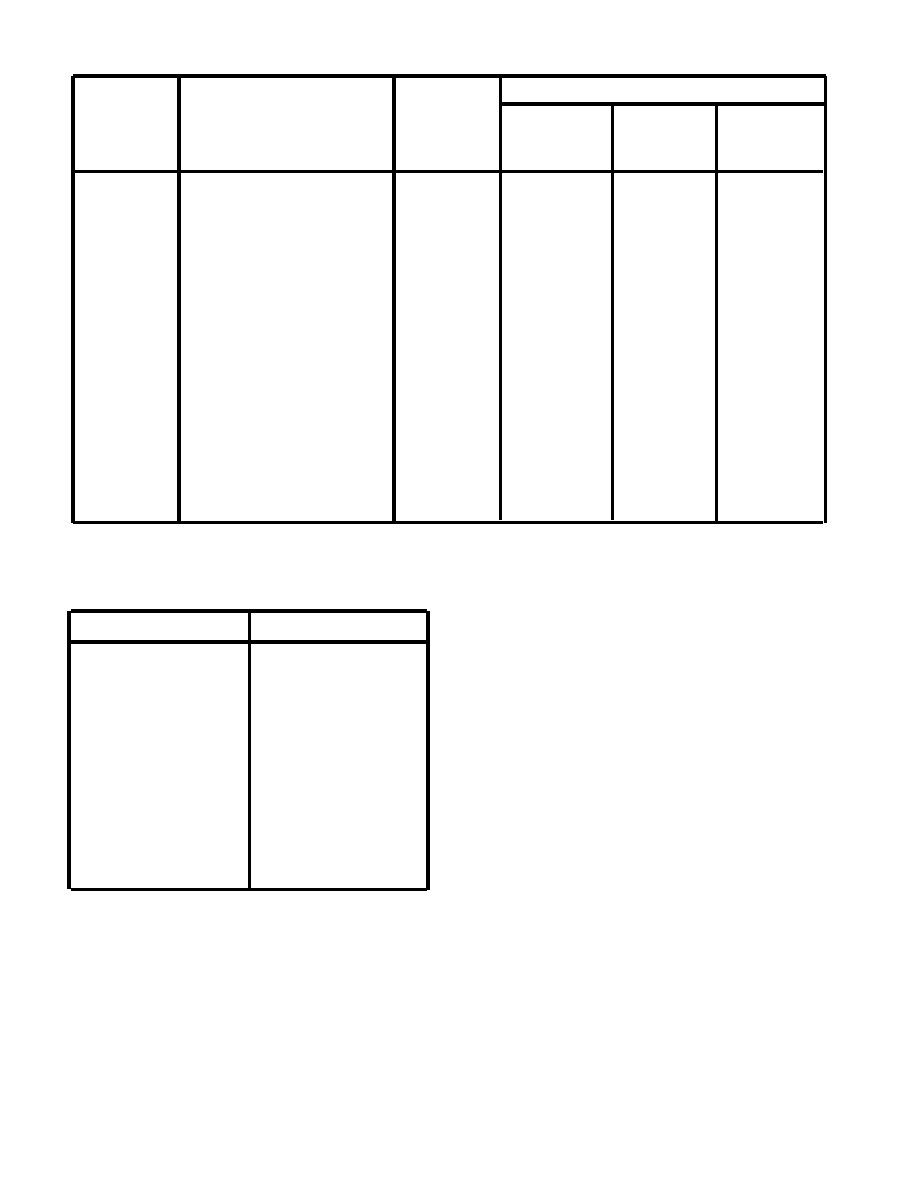
DOFMaster
for Windows
On-line
Depth of Field
Calculator
DOFMaster for Mobile Devices
On-line
Depth of Field
Table
Hyperfocal
Distance Chart
Articles
FAQ
Recommended
Books
Support
Contact
Links
Home
for Windows
On-line
Depth of Field
Calculator
DOFMaster for Mobile Devices
On-line
Depth of Field
Table
Hyperfocal
Distance Chart
Articles
FAQ
Recommended
Books
Support
Contact
Links
Home
As an Amazon Associate I earn from qualifying purchases.
![]()
hands
slow-moving vehicles
people, vehicles moving at a
moderate speed
and aircraft
50
1/1000
1/500
shutter speed and the largest f/stop to get the proper
exposure. After determining the correct exposure, you
can decide how to present the subject. Remember, depth
of field can be used to emphasize your subject, and
shutter speed affects subject blur.
of View
Toward or
Away
light-sensitive material. The mathematical formula for
exposure is the product of light intensity and the amount
of time that the light acts on a light-sensitive material.
photographic publications. They are as follows:
formula is presented in the more current publications.
Basic Photography Course

As an Amazon Associate I earn from qualifying purchases.
WWW.DOFMASTER.COM
© 2006 Don Fleming. All rights reserved.
© 2006 Don Fleming. All rights reserved.